CN slashed low-margin services, shut terminals, and shed volume while developing a lower-cost and more efficient intermodal network. Only then did CN launch new services that added volume and revenue growth.
CN began scheduled railroading under Harrison in 1998 after its acquisition of Illinois Central. Once the carload network was overhauled, Harrison in 2003 set out to revamp intermodal service and launched the Intermodal Excellence program, or IMX.
“It was a bad three-letter word at the time. We called it IMX. It was hard on us, it was hard on our customers, because we stripped away a lot of the terminals that we had that were inefficient. We weren’t making any money,” Keith Reardon, CN’s senior vice president of consumer product supply chain, told an intermodal conference on Tuesday.
“Hunter at the time basically put a challenge out to our chief marketing officer, who was Jim Foote at the time, and said you’re going to fix it or you’re going to lose it,” Reardon says. “So we had to fix it. So everybody rolled up their sleeves and we figured out how to fix it.”
“Going through that exercise … taught us all a lot about what we need to do to run efficiently, not only for us but our customers as well,” Reardon says.
“It was painful to go through it but in the end we are all much better for it,” Reardon says.
After taking out all the costs it could, CN set out to grow the top line by seeking more intermodal volume. Ultimately intermodal revenue per unit rose to above the average for all of the commodities CN hauls. And now CN expects intermodal growth of 5% to 7% per year, Reardon says.
Today CN is in what Reardon calls phase 3.0 or 4.0 of scheduled railroading. CN constantly evaluates its intermodal network and has added new services and terminals in response to changing traffic patterns.
“Instead of taking away terminals, we started adding terminals back to the network,” Reardon says. “And they were not in the same places that we had terminals 10 years before (it is) because the trade had moved. People had built different distribution centers.”
These include the terminal in Arcadia, Wis., that serves Ashley Furniture and the terminal in Chippewa Falls, Wis., that serves the Menards home improvement chain’s distribution center.
“We built all these quote ‘boutique terminals’ and that was outlandish,” Reardon says. “If we would have said that to Hunter years back, that would have been reason for dismissal. But we had to grow because that’s the next period, the next evolution of the business.”
Independent rail analyst Anthony B. Hatch, who moderated the session with Reardon, says he expects the four U.S. Class I systems that are adopting Precision Scheduled Railroading operating models to follow the path that CN blazed.
Foote, who is now chief executive at CSX, embarked on a similar intermodal revamp at CSX, which jettisoned its inefficient hub-and-spoke network and dropped service in hundreds of low-volume lanes both on and off its system. The result was a loss of 15% of its intermodal volume.
CSX has since inked a haulage deal with BNSF Railway to use its former Northwest Ohio sorting hub and next month will launch new interline service with CN that links Toronto and Montreal with New York, New Jersey, and Philadelphia. It also is reportedly considering resuming some interline service with Union Pacific that had been cut last year.
Reardon spoke on Tuesday at the Intermodal Association of North America’s annual Intermodal Expo.





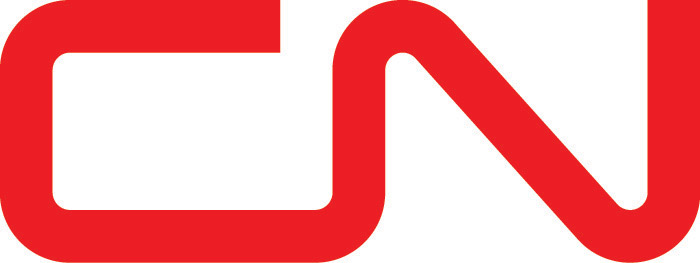

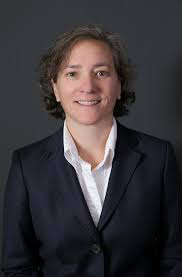
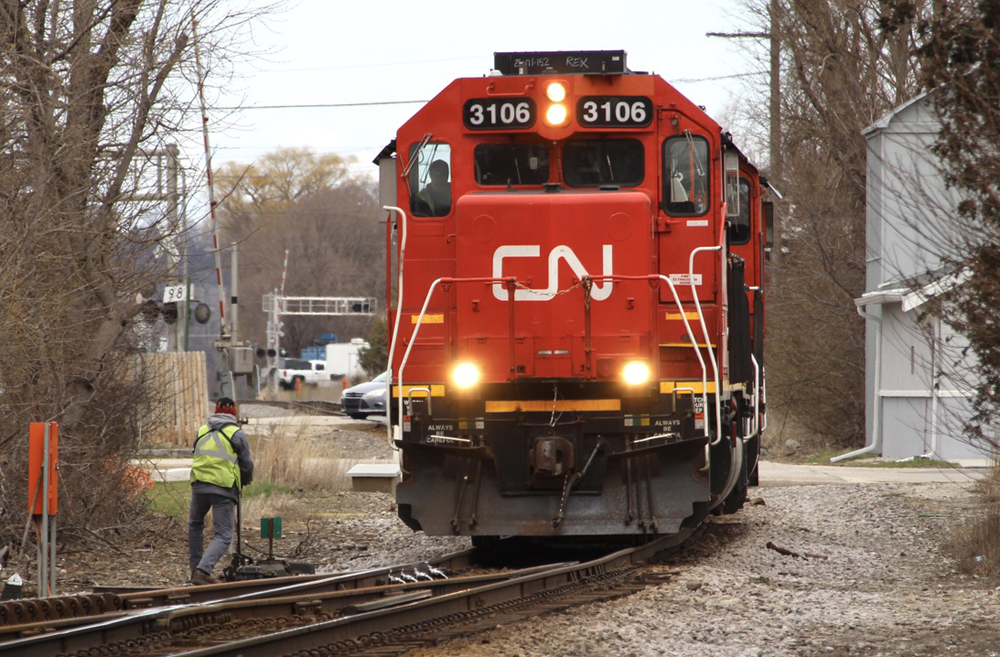
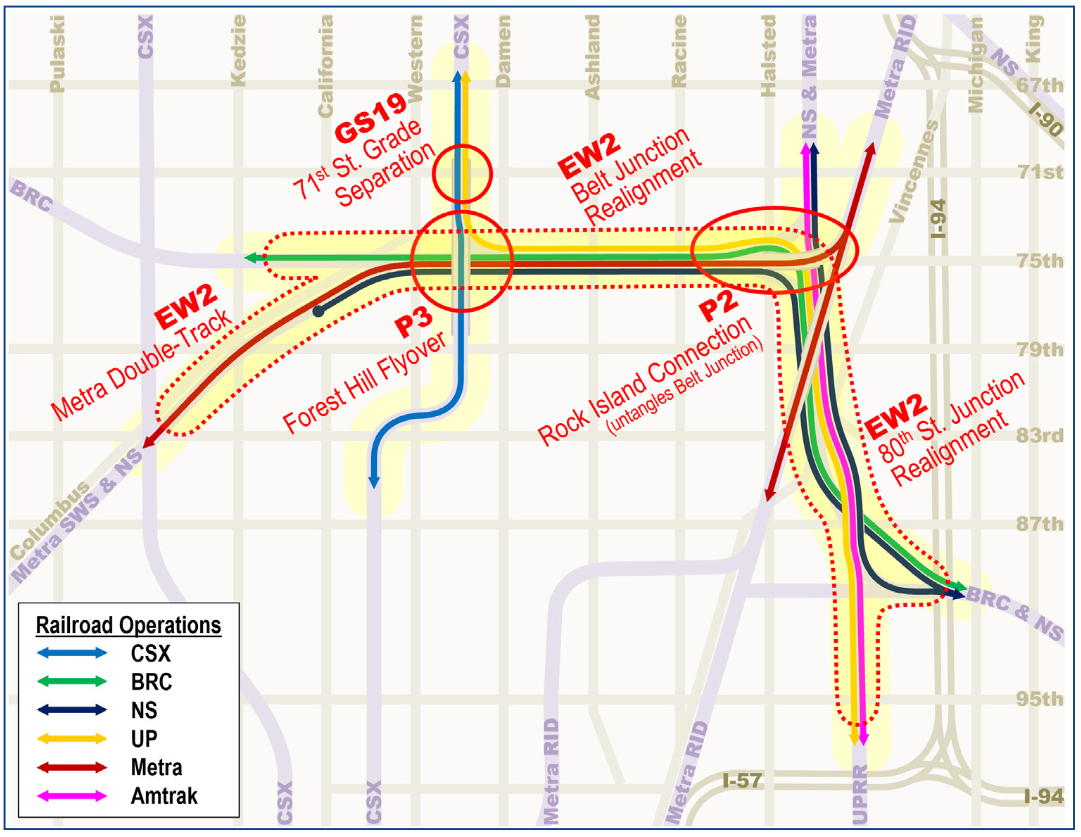
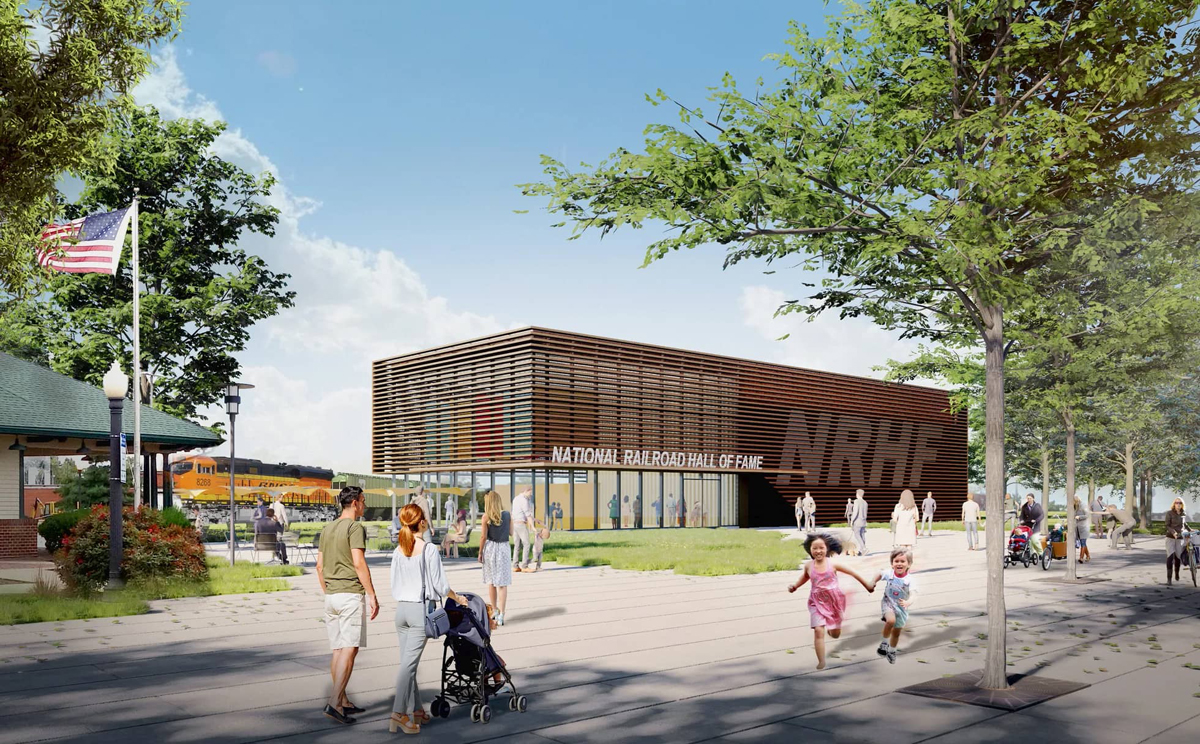




Robert Ray: You ask a key question. Most of CN’s performance metrics have bounced back to 2017 levels. What we don’t know, because they don’t publicly release it, is on-time performance. But if you figure that shippers would steer clear of particularly unreliable service when they have a choice of ports and railroads, then evidence suggests CN is doing OK: Container traffic through Prince Rupert was up 30% in August. That’s way, way above the downward trend in North American intermodal.
In fact; isn’t THAT…
Note to Jim Wrinn – please add an edit function.
In fact; isn’t exactly what a company SHOULD be doing?
“CN constantly evaluates its intermodal network and has added new services and terminals in response to changing traffic patterns.”
This sounds exactly like the approach Conrail was using in the 1990s.
What is a “haulage deal”? How is it different from trackage rights?.
Pete
Hunter wins from the Grave…….
Given the deluge of traffic across Canada (ask Via) how is there their service holding up? I believe CPR took a major domestic customer.
Gerald do they load this finished furniture into 53s? I would guess yes because the ocean carriers don’t want their boxes sent down to Memphis or New Orleans or Toronto for an extended cycle. Unless they’re all headed back west to Edmonton or Vancouver or something.
More to add for CN’s approach.
Prince Rupert isn’t only ideally located for transpacific imports from East Asia, it’s relatively low friction (compared to LA/LB with its expensive and time consuming port drays to the Inland Empire DCs, or even compared to say rapidly growing Savannah). But trucking boxes out of there to midwestern or southern inland destinations isn’t as competitive.
And on the destination side, boutique terminals like Menard’s have super short drays, and don’t require another railroad connection, just build a Chippewa Falls block at PR and set it out from any of the PR-Chicago trains. Arcadia’s not far from there and may have a backhaul somewhere.
All CN has to do is keep the wheels turning on these ocean box trains and that’d probably be all it takes to allow the ocean carriers to permit a longer inland haul for their boxes.
Paul,
The Arcadia ramp is been around for quite a while, and I know part of the business it handles is domestic finished products manufactured in Arcadia…every so often you might even catch an Ashley Furniture trailer on an intermodal train, but that’s rare.
I’d like to see CN’s growth rate for service dependent ***Domestic Intermodal***.
I get the sense that most of their growth has been due to the good fortune of Prince Rupert (that they are smartly trying to replicate in Halifax). PR saves the supply chain an additional day in ocean transit, and international ocean box IM just isn’t as service dependent as domestic due to when the cargo responsibility changes. For ocean boxes, Intermodal as at the behalf of the ocean carrier and can be considered an extension of the boat cycle.
But the long term trend is to cross docking out of the ocean boxes at DC’s close to port (where cargo responsibility changes), and mixing the loads into fewer 53s for fanning out to retail destinations. This has much higher service requirements because your competition is trucks not the boat cycles. Ocean carriers like this practice because it keeps their box cycles short and simplifies their management.
Still I like the boutique terminals concept a lot. I suspect Menard’s DC is just an inland port transfer point for imported cargo coming off ocean boxes, but I don’t know if Ashley Furniture’s IM service is inbound raw materials, imported furniture from Asia, or outbound domestic finished products manufactured in Arcadia.
Pete,
Trackage rights is where one railroad is allowed to run its trains with its crews over another railroads track. A haulage contract is where one railroad contract with another for the second railroad moves the train for a fee using its crews.